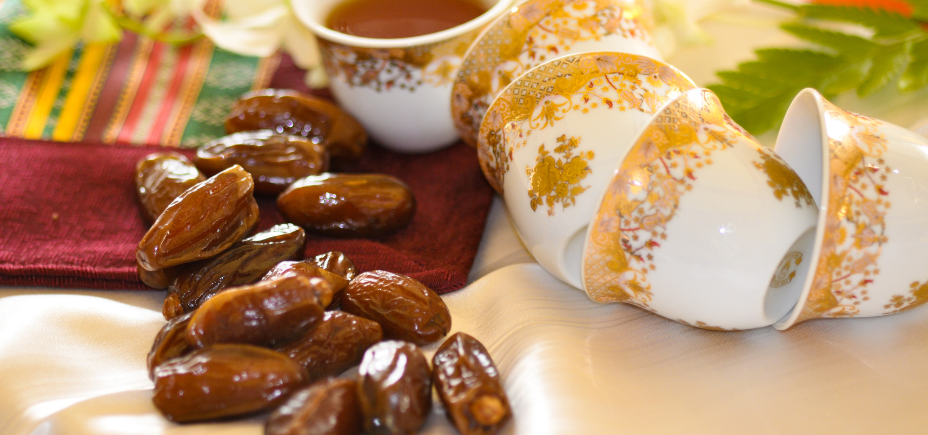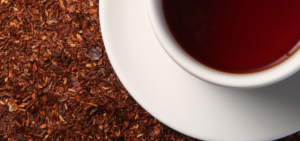Tea is more than just a beverage in the Arabic culture; it is a symbol of hospitality, tradition, and community. It is a staple in almost every Arab household, and it is the first thing that is offered to guests as a welcoming gesture. Tea has a rich history in the Arab world, and it is deeply rooted in Arab culture and customs. In this article, we will explore the history and significance of tea in the Arabic culture, the various types of tea that are popular in the Arab world, the rituals and etiquette associated with tea, and the role of tea in bringing people together.
Table of Contents
History and Significance of Tea in the Arabic Culture
Tea has been a part of Arab culture for centuries. The story of tea in the Arab world begins with its introduction to Yemen in the 16th century. It is said that a group of Arab traders went to China to trade spices and other goods and discovered tea during their travels. They brought back tea leaves to Yemen, where it quickly gained popularity among the people. From there, the tea culture spread throughout the Arab world, and it became an integral part of Arab customs and traditions.
Tea has become a symbol of hospitality and generosity in the Arab world. It is customary for Arab households to offer tea to guests as a welcoming gesture. Serving tea to guests is a sign of respect, and it is considered impolite to refuse it. The Arabic proverb “The guest is a treasure” highlights the importance of hospitality in Arab culture, and tea plays a significant role in this tradition.
Types of Tea in the Arabic Culture
Tea is a diverse beverage in the Arab world, with many different types and blends. Here are some of the most popular types of tea in the Arabic culture:
Black Tea
Black tea is the most common type of tea in the Arab world. It is made from fermented tea leaves and is usually served with sugar and sometimes with mint leaves.
Green Tea
Green tea is also popular in the Arab world, especially in Morocco. It is made from unfermented tea leaves and is usually served with sugar and mint leaves.
Chai Karak
Chai Karak is a popular tea in the Gulf region, especially in Qatar and the United Arab Emirates. It is made with black tea, sugar, and cardamom, and is usually served with evaporated milk.
Sahlab
Sahlab is a traditional Arab hot drink made from the tubers of the orchid plant. It is thick and creamy and is usually served with cinnamon and nuts.
Rituals and Etiquette Associated with Tea
Tea has its own rituals and etiquette in the Arab world. Here are some of the most common practices:
Tea Preparation
The preparation of tea is a significant part of Arab tea culture. Tea is usually brewed in a teapot and is served in small glasses. The tea is poured into the glass from a height to create a frothy layer on top.
Serving Tea to Guests
Serving tea to guests is a sign of respect and hospitality in the Arab world. The host usually pours the tea for their guests and offers it with dates or sweets.
Tea Time
Tea time is an important social event in the Arab world. It is a time for people to come together, share stories, and enjoy each other’s company. Tea time is usually in the late afternoon or early evening and is often accompanied by small snacks or desserts.
The Role of Tea in Bringing People Together
Tea plays a significant role in bringing people together in the Arab world. It is a time-honored tradition that fosters a sense of community and togetherness. Tea time is a
time for people to catch up with each other, share news, and connect with their loved ones. It is also an opportunity for strangers to bond and form new relationships. In Arab culture, tea is a vehicle for social interaction and a way to show hospitality and kindness to others.
Tea houses or cafes, known as “Maqha” in Arabic, are also popular places for socializing in the Arab world. These cafes are often filled with people drinking tea, smoking shisha, and engaging in lively conversations. Tea houses are a place where people can come together, discuss various topics, and exchange ideas. In many ways, tea houses serve as a hub of community life in Arab cities and towns.
Conclusion
Tea in the Arabic culture is more than just a drink. It is a symbol of hospitality, tradition, and community. It has been an integral part of Arab culture for centuries, and it continues to play a significant role in the daily lives of people in the Arab world. From the diverse types of tea to the rituals and etiquette associated with tea, and the role of tea in bringing people together, the Arabic tea culture is a rich and fascinating topic to explore.
FAQs
- Is tea served with milk in the Arabic culture?
It depends on the type of tea. Black tea and chai karak are usually served with milk, while green tea is served without milk.
- What is the significance of offering tea to guests in Arab culture?
Offering tea to guests is a sign of hospitality and respect in the Arab culture. It is considered impolite to refuse tea when it is offered.
- What is the most popular type of tea in the Arab world?
Black tea is the most popular type of tea in the Arab world.
- Is tea time a daily occurrence in the Arab world?
Yes, tea time is a daily occurrence in the Arab world. It is usually in the late afternoon or early evening and is often accompanied by small snacks or desserts.
- What is the significance of tea houses in the Arab world?
Tea houses serve as a hub of community life in Arab cities and towns. They are places where people can come together, socialize, and exchange ideas.


